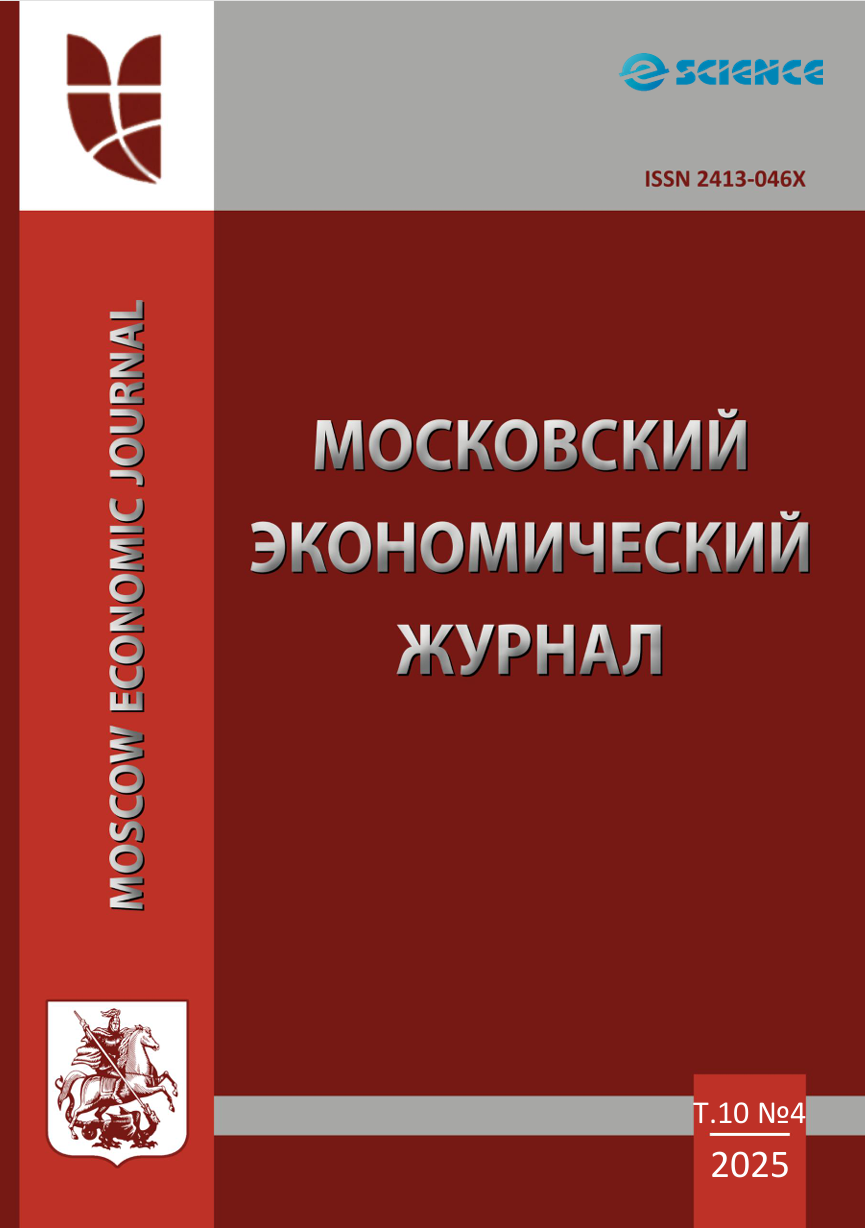Russian Federation
UDC 332.33
The article presents the results of observations of the impact of the development of the transport system on land use based on the experience of Russia, East Asia, Europe and the United States of America. In the modern world, the transport system plays an important role in the socio-economic development of territories, improving the level of road safety, reducing the negative impact of transport on the environment and climate. Three models were considered to assess the impact of the transport system on land use. Each identifies factors that affect both land-use change and the need for new roads and road infrastructure. Studies have shown that transport and land-use planning requires integrated methods that take into account social, economic and environmental factors. The relevance of this study is due to the need to optimize land management with a balance between the needs of the transport system, rational use of land resources and social infrastructure. Currently, Russia has a transport strategy that until 2035 defines key positions, including increasing spatial connectivity and transport accessibility of territories, as well as increasing the mobility of the population. The analysis of the experience of foreign countries makes it possible to identify the most successful practices in the development of transport systems and the factors of their impact on land use, as well as to take them into account in territorial planning, which will contribute to the economic development of regions, the emergence of new industrial centers, without the risk of reducing agricultural land and causing damage to especially valuable fertile soils.
transport system, land use, population, agricultural land, commercial development, residential development
1. Antropov, D. V. Territorial'nye instrumenty razvitiya regional'nogo zemlepol'zovaniya / D. V. Antropov // Moskovskiy ekonomicheskiy zhurnal. – 2023. – T. 8, № 11. – DOIhttps://doi.org/10.55186/2413046X_2023_8_11_602. – EDN SRUUVU.
2. Ishamyatova, I. H. Analiz faktorov vybytiya zemel' iz oborota pri organizacii zemlepol'zovaniya na neispol'zuemyh zemlyah sel'skohozyaystvennogo naznacheniya / I. H. Ishamyatova, D. V. Antropov // Mezhdunarodnyy sel'skohozyaystvennyy zhurnal. – 2024. – № 1(397). – S. 14-19. – DOIhttps://doi.org/10.55186/25876740_2024_67_1_14. – EDN RXRZCY.
3. Gosudarstvennyy (nacional'nyy) doklad o sostoyanii i ispol'zovanii zemel' v Rossiyskoy Federacii v 2022 godu // [Elektronnyy resurs] // Rezhim dostupa: https://rosreestr.gov.ru/upload/Doc/16-upr/Doc_Nation_report_2022_dop.pdf (data obrascheniya: 01.07.2024 g.)
4. Akgüngör, S., Aldemir, C., Kustepeli, Y., Gulcan, Y., & Tecim, V. (2011). The effect of railway expansion on population in Turkey, 1856–2000. Journal of Interdisciplinary History, 42(1), 135–157.
5. Alvarez, E., Franch, X., & Marti-Henneberg, J. (2013). Evolution of the territorial coverage of the railway network and its influence on population growth: The case of England and Wales, 1871–1931. Historical Methods: A Journal of Quantitative and Interdisciplinary History, 46(3), 175–191. doihttps://doi.org/10.1080/01615440.2013.804788
6. Ahmadzai F. Analyses and modeling of urban land use and road network interactions using spatial-based disaggregate accessibility to land use // Journal of Urban Management. 9(3), 2020
7. Arauzo-Carod, J. M. (2007). Determinants of population and jobs at a local level. Annals of Regional Science, 41(1), 87–104. doihttps://doi.org/10.1007/s00168-006-0058-6
8. Atack, J., Bateman, F., Haines, M., & Margo, R. A. (2010). Did railroads induce or follow economic growth? Urbanization and population growth in the American Midwest, 1850–1860. Social Science History, 34(2), 171–197. doihttps://doi.org/10.1215/01455532-2009-024
9. Badoe, D. A., & Miller, E. J. (2000). Transportation-land-use interaction: empirical findings in North America, and their implications for modeling. Transportation Research Part D-Transport and Environment, 5(4), 235–263. doihttps://doi.org/10.1016/S1361-9209(99)00036-X
10. Beyzatlar, M. A., & Kuştepeli, Y. (2011). Infrastructure, economic growth and population density in Turkey. International Journal of Economic Sciences and Applied Research, 4(3), 39–57.
11. Cervero, R., & Landis, J. (1997). Twenty years of the Bay area rapid transit system: Land use and development impacts. Transportation Research Part A-Policy and Practice, 31(4), 309–333. doihttps://doi.org/10.1016/S0965-8564(96)00027-4
12. Cervero, R., & Seskin, S. (1995). An evaluation of the relationships between transit and urban form. Retrieved from Transit Cooperative Research Program, Research Results Digest 7.
13. Deng, T. (2013). Impacts of transport infrastructure on productivity and economic growth: Recent advances and research challenges. Transport Reviews, 33(6), 686–699. doihttps://doi.org/10.1080/01441647.2013.851745
14. Giuliano, G., Redfearn, C., Agarwal, A., & He, S. (2012). Network accessibility and employment centres. Urban Studies, 49(1), 77–95. doihttps://doi.org/10.1177/0042098011411948
15. Hadi P.L., Wasanta T., Santosa W. Land use change due to road construction/ IOP Conf Series: Earth and Environmental Science 920 (2021)012003
16. Iacono, M., Levinson, D., & El-Geneidy, A. (2008). Models of transportation and land use change: A guide to the territory. Journal of Planning Literature, 22(4), 323–340. doihttps://doi.org/10.1177/0885412207314010
17. Mothorpe C., Schnier K. The Impact of Interstate Highways on Land Use Conversion // Annals of Regional Science, Vol. 51, No. 3 (December 2013): 833-870.
18. Stanilov, K. (2013). Planning the growth of a metropolis: Factors influencing development patterns in West London, 1875–2005. Journal of Planning History, 12(1), 28–48. doihttps://doi.org/10.1177/1538513212454813
19. Wegener, M. (2004). Overview of land-use transport models. In D. A. Hensher & K. Button (Eds.), Transport geography and spatial systems (pp. 127–146). Kidlington: Pergamon/Elsevier Science.
20. Xie, F., & Levinson, D. (2010). How streetcars shaped suburbanization: A granger causality analysis of land use and transit in the twin cities. Journal of Economic Geography, 10(3), 453–470. doihttps://doi.org/10.1093/Jeg/Lbp031











